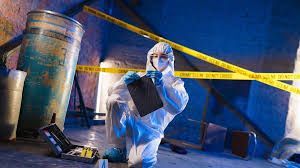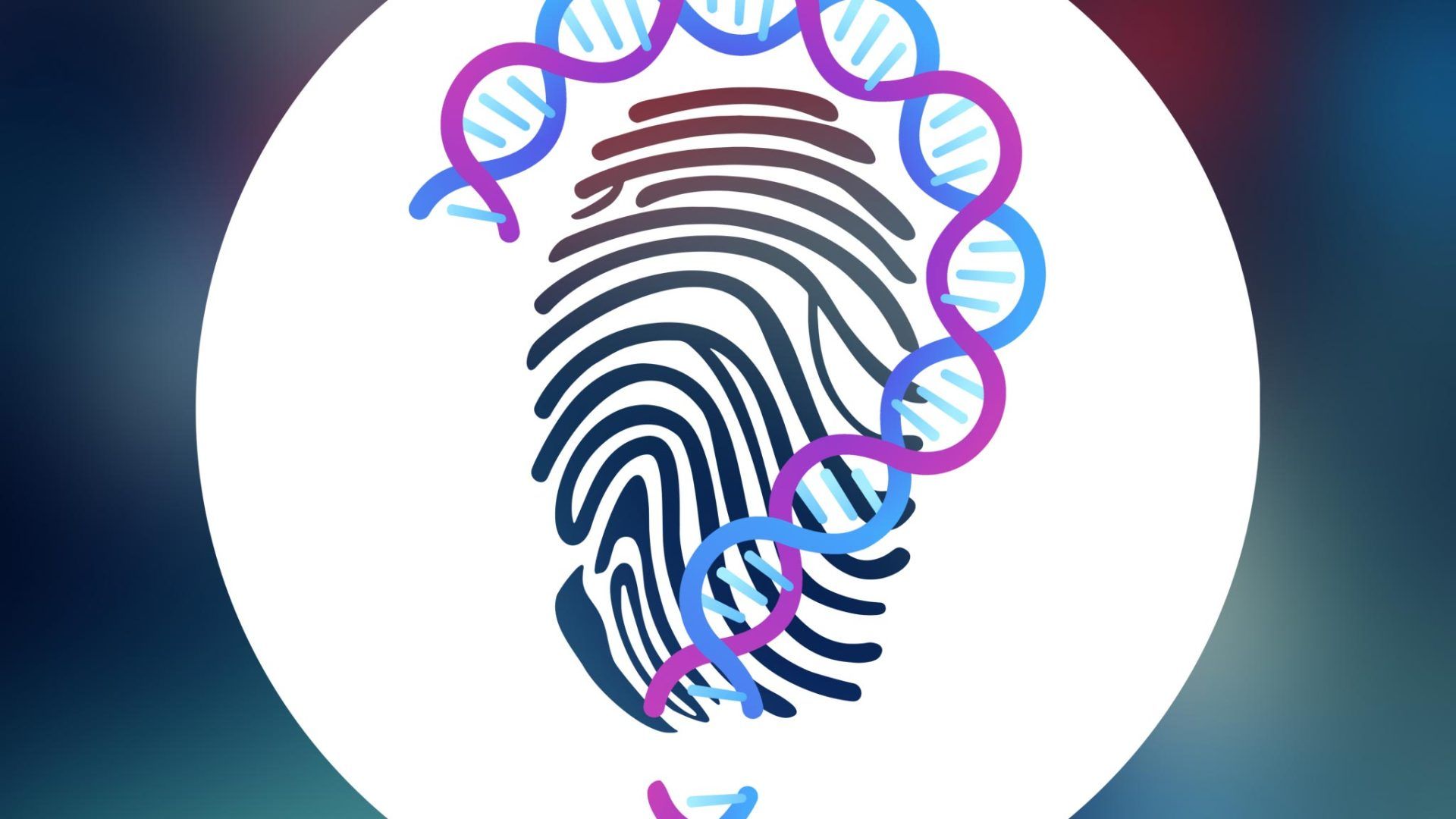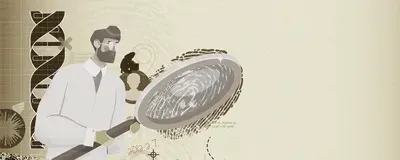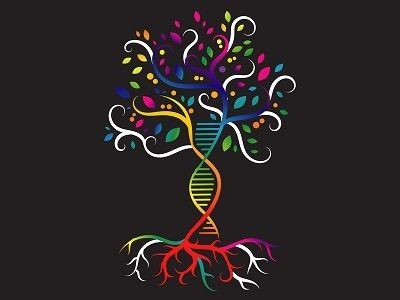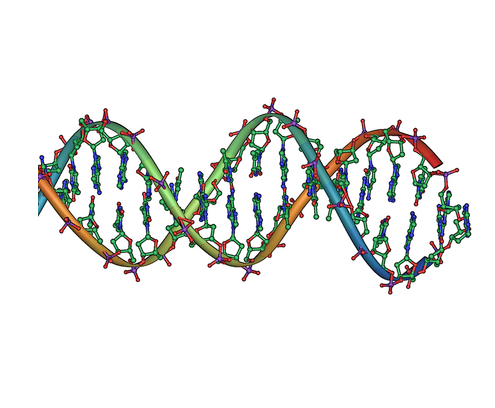Understanding Forensic Careers Through Case Examples
Nick Olivier • 9 June 2020
The Case Of Oscar Pistorius

A forensics career in South Africa can at times be quite a fickle matter. What we mean by this is that setting out your career path with a single job title in mind might
not always be possible. The forensic landscape in our country is constantly
transforming.
To give you a better understanding of what a forensic career ‘might’ look like we decided to use real crime examples. From these cases, we will highlight some of the
career paths and main fields that you can aspire to.
If you missed our outline of the different fields of forensics in our previous post. View it here
for a better understanding, before reading on.
In this article, we will focus primarily on the manner which certain evidence was
collected and presented in court during the trial. The purpose is to highlight forensic
fields in South Africa and not used to give an opinion on the case itself.
In the early hours of February 14th, 2013 Oscar fired 4 bullets from his 4mm parabellum
pistol. The bullets traveled through the wooden door of a separate toilet section in his
bathroom, killing Reeva Steenkamp. She was a 29-year-old law student and model
dating Oscar at the time.
The police were called to the scene and arrived shortly after the first responders. This
allowed them to do a preliminary evaluation of the events leading up to the murder
shortly after the incident took place. They drew conclusions and presented them in court
a few days later to help determine Oscar Pistorius’s bail application.
The primary role of forensics in law enforcement is this; to apply scientific methods to
evidence collected in order to link an individual or object to the incident scene in a manner acceptable to be presented in court
. Once the evidence is presented as exhibits
during a trial, the court decides if it were sufficient to prove an accused guilt.
The Crime Scene:
During the initial part of the investigation, the crime scene technicians
were primarily
involved under the command of the lead investigating officer Hilton Botha. The crime
scene (Oscar’s house) was sealed off and a police photographer
started taking photo
evidence.
First, was Reeva’s deceased body that lay at the bottom of the staircase. Then Oscar,
covered in her blood from carrying Reeva downstairs to the first responders. They
then focused on the path leading up the stairs. And finally, the bedroom, bathroom
and toilet cubicle were photographed.
After documenting the scene, the police started the collection of physical evidence
from the scene. The door which Oscar shot through, the bat that was used to break
open the door, the cell phones of both Reeva and Oscar. The firearm and bullet
casings that were shot to name a few.
All the physical evidence was bagged and marked in order for the Forensic Science
Laboratory
to analyse and interpret their findings in context of the scene.
The Physical Evidence:
Because of the dispute on Reeva’s position behind the door at the time of the
shooting. A Blood Spatter Analyst was called to the case. Expert Colonel Ian van der
Nest compiled his report from investigating the crime scene itself and by being
present at the autopsy. He then presented his findings during the trial.
Blood Spatter Analysis
is a specialized forensic field and requires specialized training
as well as experience in the field.
The next crucial part of the case was the shooting itself. Captain Christian Mangena
interpreted at which angle the bullets had gone through the door. This is known as
ballistics in forensics
and it used to measure the trajectory of a projectile unit like a
bullet (bomb or missile).
In this case, the court already knew that Oscar had fired the gun that killed Reeva
from his statement. They, therefore, used ballistic evidence to determine the victim’s
position upon impact to form part of the state’s argument for premeditated murder.
In order to be able to scrutinize the relationship between Oscar and Reeva. The state
needed to access all the data on 2 apple iPads, a MacBook Pro laptop as well as 2
cell phones found at the crime scene. In order to do so, they tasked the then head of
detectives, Lieutenant-General Vineshkumar Moonoo, Colonel Mike Sales and
Captain Francois Moller to firstly access the devices with the help of the manufacturer and then analyse the data using an XLY forensic tool. This is referred to as Digital
Forensics
.
Finally, they had to present their findings in court which consist of all the WhatsApp
correspondence, internet activity and phone calls.
Biological and Psychological Evidence:
Let us look at the Oscar case through the lens of forensic psychology
. Colonel Gerard
Labuschangne, then head of the South African Police Service’s Forensic Psychology
section along with his superior called for a reading of Pistorius’ psychological state.
Gerard allegedly made the decision because there were no eyewitnesses and he
foresaw that Oscar’s defense would lodge a ‘psychological defense’.
While Oscar was in hospital, a doctor took scrapes from under his nails for Forensic
DNA
, reviewed his body for any evidence like scratches and bruises. Then took urine
and blood samples to test for any alcohol or drug use . This is referred to as Forensic
Chemistry
.
The forensic pathologist
Prof Gert Saayman examined Reeva’s body. He found that the
bullets that had been used were expanding bullets. These bullets are designed to cause
maximum damage when fired. He also noted that she was shot in the hip, arm and her
head. Other injuries were also documented like the smaller abrasions and flesh wounds
on her back and buttocks. He also examined her clothes and stomach content all of
which he later presented his findings to the court.
Evidence and The Court:
The case of Oscar and Reeva is a fantastic example of how evidence is used in court
to
scrutinize the intention of the perpetrator, contributing events leading up and during
the crime itself. From the device data, the court could see a glimpse into the
relationship between Oscar and Reeva. From the crime scene, forensics teams could
recreate theories of how Reeva was killed. The autopsy showed the timeline and
scrutinized the cause of death.
Resources:
1. Oscar Pistorius - www.saflii.org/za/cases
2. Being a forensic scientist in South Africa - businesstech.co.za
3. Oscar trial - www.enca.com
4. Oscar Pistorius Trial Evidence - www. BBCNews.com
5. Chase Your Shadow: The Trials of Oscar Pistorius - By John Carlin
6. Routledge Handbook on Victims' Issues in Criminal Justice - edited by Cliff Roberson
7. Bloody Lies - By Thomas Mollett
8. In Crime's Archive: The Cultural Afterlife of Evidence - By Katherine Biber
